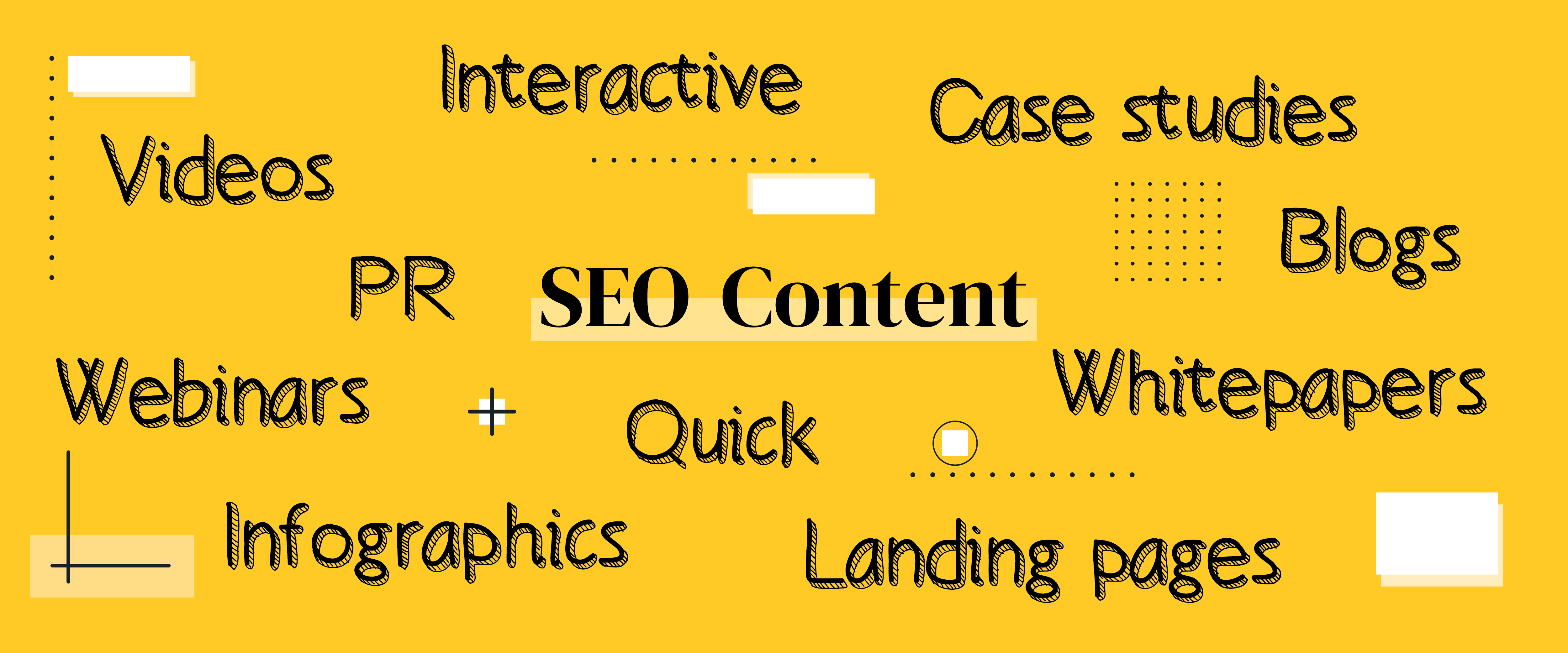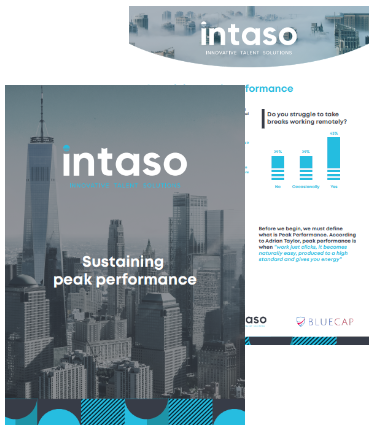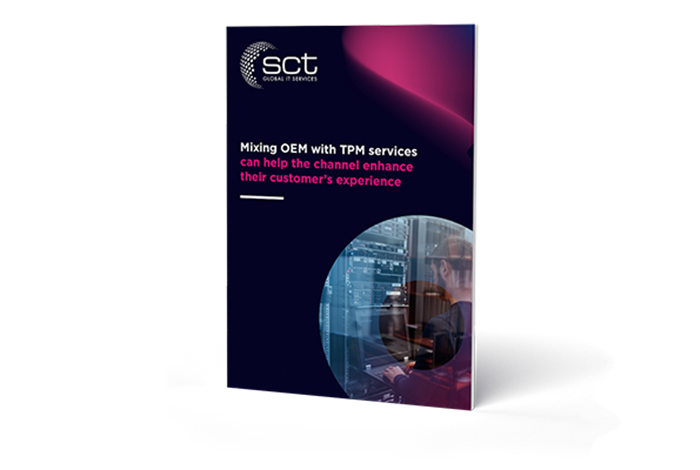As your business grows, you’ll want to find different strategies and methods to continue this growth. From paid advertisement, events, social media, email marketing. The list goes on. But with over 8.5 billion searches a day, there is no better place to market your business than on Google. And the most effective way of doing this is through SEO-driven content.
But the big question is, what types of content should you add to your website to not only help drive potential customers to it, but to engage with them and ultimately help them to purchase? Well, this is what we call Content Marketing.
So by combining SEO and Content Marketing you have the recipe for success.
What is SEO?
We aren’t going to go into too much detail about what SEO is here (because trust us it will take months to explain it). But to try and give you a quick idea, SEO stands for ‘Search Engine Optimisation’. All that it means is that content on your website is altered and optimised to improve your ranking on the search engines, most notably Google.
What is Content Marketing?
Now onto Content Marketing. This is a term used to describe any form of content that has been created and shared across the web. This blog you’re reading now is a form of content marketing (sit tight, we’ll cover that in a moment).
The purpose of a piece of content will vary depending on your target audience, plus, the end goal of said content. Typically, the aim of content creation is to raise interest from your audience. Content should be tailored to match the search intent of your audience, thus creating valuable content.
Combining SEO and Content Marketing
So if SEO is optimising your website for search engines and Content Marketing is creating and distributing content for your audience, then SEO Content means creating SEO-optimised content that will attract interest via traffic from search engines. This means not only understanding what people are searching for, but the kind of results they want.
For example, if someone searches how to draw something, then they would expect either a video, or a detailed article with lots and lots of images and guidance on. They wouldn’t want to watch a 2 hour webinar on it.
Find out what people want, and give it to them.
10 types of SEO-driven content

1. Blogs/Articles
The most widely-used content type is blogs/articles. Writing blogs, whether short-form or long-form, is a brilliant content type to use and add to your website as you can write about anything relating to your business.
Writing a blog all about your mechanic business? Why not write another one about the benefits of certain fuel types for different cars? This way, anyone who is just looking to learn about the best fuel type for their car will now have the opportunity to read your blog when they search online. Meaning they may stick around on your site to learn more about your business. Score! More traffic!
What are some forms of blogs that perform well?
- Lists
- How-To’s
- Beginners Guides
- Interviews
2. Landing pages
Landing pages are single pages created for the purpose of promoting a specific service, product, or goal for a campaign. They’re used to generate new leads and encourage conversions. It’s called a landing page because it’s where people land when they’re searching for a product or service. By enriching your landing page with SEO techniques, you’ll be bettering your chances to be one of the top landing pages found by your audience.
Just remember to not get too loud and proud with your business on a landing page. Don’t go cramming links and referencing back to your company in every paragraph. Whoever has landed on the page is there for a reason, so allow them to explore and provide them with the answers and solutions for their problem. If you do that well, they’ll reach out to you for further inquiries.
3. Videos
Video content is a market you’ll definitely want to get involved with. It’s seen huge popularity in years past, with 82% of internet traffic originating from video content just last year. The majority of the population are visual learners, meaning that visual information is a viable format to make the most of.
And because of our shared decrease in attention spans, using video content on your website can help your audience to digest content much easier. And by including video content across your website, you’ll also be hitting the mark for accessibility needs. Not everyone can read words with ease so video content will assist with making your content more accessible to those who need extra help. (Don’t forget to include captions and/or a transcript just to be extra helpful!).
4. Webinars
Since that colossal event that defined 2020, (it shall not be named) streamed content has been all the rage. Webinars in particular are a great content form to explore. They’re brilliant content types to use for SEO and to target smaller, more niche subtopics whilst also giving your audience the opportunity to interact and engage there and then.
And, as a bonus, you can snip your webinars down to shorter form, quick content to showcase to your audience on other platforms, such as your social media profiles.
5. Infographics
An infographic is a large-format image that contains more in-depth information, usually in the form of data and/or statistics. Now, even though there are still plenty of devotees to the written word out there, it’s a proven fact that visual data just performs better. And because an infographic is so easily digestible, it’s also easier to distribute and shareable content is always a win in our books.
However, be cautious. As an infographic is an image, those keywords that you’ll need to rely on aren’t as easily embedded into the content, however, there are ways to still make sure your infographic content is SEO treated. With images, you can make sure the titles and alt-text include some of the keywords you’re targeting plus your infographic itself should ideally have a caption or referencing text somewhere else on the page it sits on.
6. Whitepapers
A whitepaper is similar to a blog but will usually be a downloadable content type that deeply analyses a topic and provides a more abstract and philosophical approach. They aim to provide information with solid evidence and facts.
The whitepaper is becoming somewhat of a dying breed of content form now, perhaps because of that earlier mentioned point that video content is taking the lead instead. But don’t discount a whitepaper too quickly, they’re a great source to use for grabbing interest and allows a business to compile a mailing list of a specific target audience.
7. Case studies
Case studies are always a hit. They’re rich with content and SEO opportunities which is brilliant for a business but also provides your audience with a success story that tells them just how impactful your work is on others. Your target audience will have a problem that you are providing a solution to. A strong case study tells them via a real-life example just why you’re the best solver of said problem.
8. Quick content
As we mentioned earlier, because of the decrease in our attention spans, shorter, snappier, and easier-to-consume content is much more favoured amongst the masses. Because humans are busier than ever, we’re constantly seeking content we can grasp as we’re scrolling on our mobiles and whilst on the move. And because of the boom in mobile technology, optimising your content to suit mobile users is an absolute must!
Examples of quick content forms:
- Instagram/Facebook stories
- Instagram reels
- YouTube shorts
- Instagram/Facebook/YouTube lives
9. Interactive
Including interactive SEO content on your website not only helps to actually generate leads but also provides an opportunity to get your audience engaged with your website content. Including interactive content, whether big or small, helps to just bump up those all-important metrics that we use to measure website performance, such as session duration and pages per session.
To give you a better idea of what we mean, have a little look at some of our favourite examples:
- Intaso, Salary Calculator
- 16Personalities, Personality Test
- IBM, Industry Selection
- Key Solutions Mortgages, Mortgage Calculator
10. PR
Having some form of PR content on your site, like a press release page or newsroom, allows you to display those articles that business press sites have written about your business. By linking to the original article source and getting a backlink on that business’ site back to your business, you’ll be strengthening your website’s domain rating, ultimately improving your SEO.
How do I begin creating my SEO content strategy?
Content marketing and building a strategy for your content is not a quick or simple task. It’s not just about putting a few words on paper and doodling some images. You need a plan and strategy behind each piece of content.
An effective content marketing strategy will make use of multiple content types and each one itself will need to have time, effort and planning dedicated. Each individual SEO content type you add to your website will ideally have separate keyword research conducted, search engine results analysis, link building, content calendars, cluster content, some way to analyse and measure the data and traffic pulling from your content and so much more.
It’s a lot to manage single-handedly. If you’re keen to start adding an SEO flair to your content and building a strategy that will bring in those leads, get in touch and we can help.





